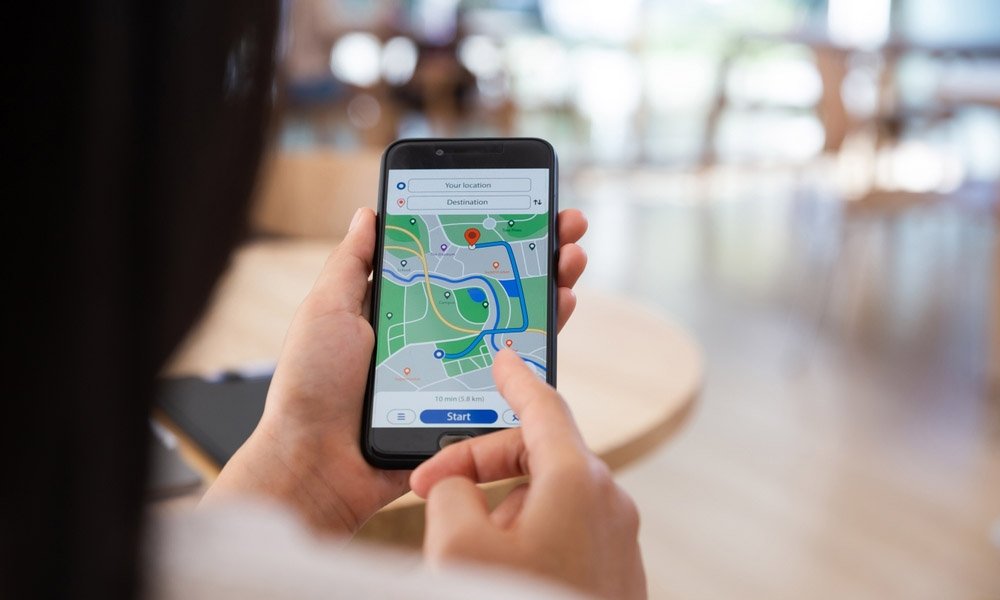Bicycle commuting is an eco-friendly, cost-effective, and healthy way to travel. However, safety is crucial when sharing the road with motor vehicles and pedestrians. Whether you’re a seasoned cyclist or new to commuting, these best practices will help you ride safely and confidently.
Gear Up for Safety
Wear a Helmet
A properly fitted helmet is your first line of defense in case of accidents. Make sure it meets safety standards and fits snugly.
Bright and Reflective Clothing
Wear bright colors during the day and reflective gear at night to increase visibility. Accessories like reflective ankle bands or vests enhance your presence on the road.
Use Lights
Equip your bike with front and rear lights. A white light on the front and a red light on the back are standard for low-light conditions or nighttime rides.
Plan Your Route
Choose Bike-Friendly Paths
Whenever possible, use bike lanes, paths, or roads with lower traffic volumes. Apps like Google Maps or local cycling apps can help you find the safest routes.
Avoid Busy Intersections
High-traffic intersections can be dangerous. Plan routes that minimize interactions with heavy traffic, especially during rush hours.
Scout Your Route
Before your commute, ride your planned route to identify potential hazards such as potholes, narrow shoulders, or areas with poor visibility.
Maintain Your Bicycle
Regular Maintenance
- Check your brakes for responsiveness.
- Ensure your tires are properly inflated and free of damage.
- Keep your chain clean and lubricated.
Carry Essential Tools
Pack a small repair kit with items like a tire patch kit, multi-tool, and portable pump for on-the-go fixes.

Follow Road Rules
Obey Traffic Laws
Bicycles are considered vehicles in most jurisdictions. Follow the same traffic rules as motor vehicles, including stopping at red lights and yielding when required.
Signal Your Intentions
Use hand signals to communicate with drivers and other cyclists. This includes signaling for turns and stops.
Ride Predictably
Avoid sudden moves and stick to a consistent lane position. Riding predictably helps drivers anticipate your actions.
Stay Alert
Watch for Hazards
Keep an eye out for potholes, debris, and parked cars (beware of doors opening suddenly).
Make Eye Contact
When crossing intersections or merging with traffic, make eye contact with drivers to ensure they see you.
Avoid Distractions
Refrain from using headphones or your phone while riding. Staying aware of your surroundings is critical.
Be Prepared for Weather
Dress for the Conditions
Layer appropriately for cold weather and wear breathable fabrics for hot days. Waterproof gear is essential for rain.
Adjust Your Ride
Wet or icy roads require extra caution. Reduce your speed and avoid sudden braking to maintain control.
Road Etiquette
Share the Road
Respect other road users, including pedestrians and drivers. Ride as far to the right as is safe, but avoid the gutter.
Use Bell or Voice
Alert pedestrians or fellow cyclists when overtaking them with a bell or a polite call.
Avoid Sidewalks
Unless permitted, stay off sidewalks to ensure pedestrian safety.
Emergency Preparedness
Carry Identification
Have an ID and emergency contact information with you at all times.
Know Your Rights
Familiarize yourself with local cycling laws and your rights as a cyclist in case of incidents.
First Aid Knowledge
Basic first aid skills can be invaluable for handling minor injuries until help arrives.
Benefits of Safe Bicycle Commuting
When done safely, bicycle commuting offers numerous benefits. It reduces your carbon footprint, saves money on transportation, and boosts your physical and mental health. By following these best practices, you can enjoy these advantages while minimizing risks.
Conclusion
Safe bicycle commuting is about preparation, awareness, and respect for road rules. By equipping yourself with the right gear, planning your routes, and staying vigilant, you can make your daily rides both enjoyable and secure. Embrace the joy of cycling while prioritizing safety every step of the way.













